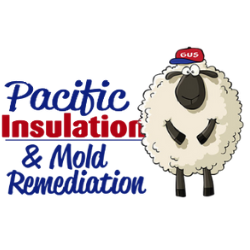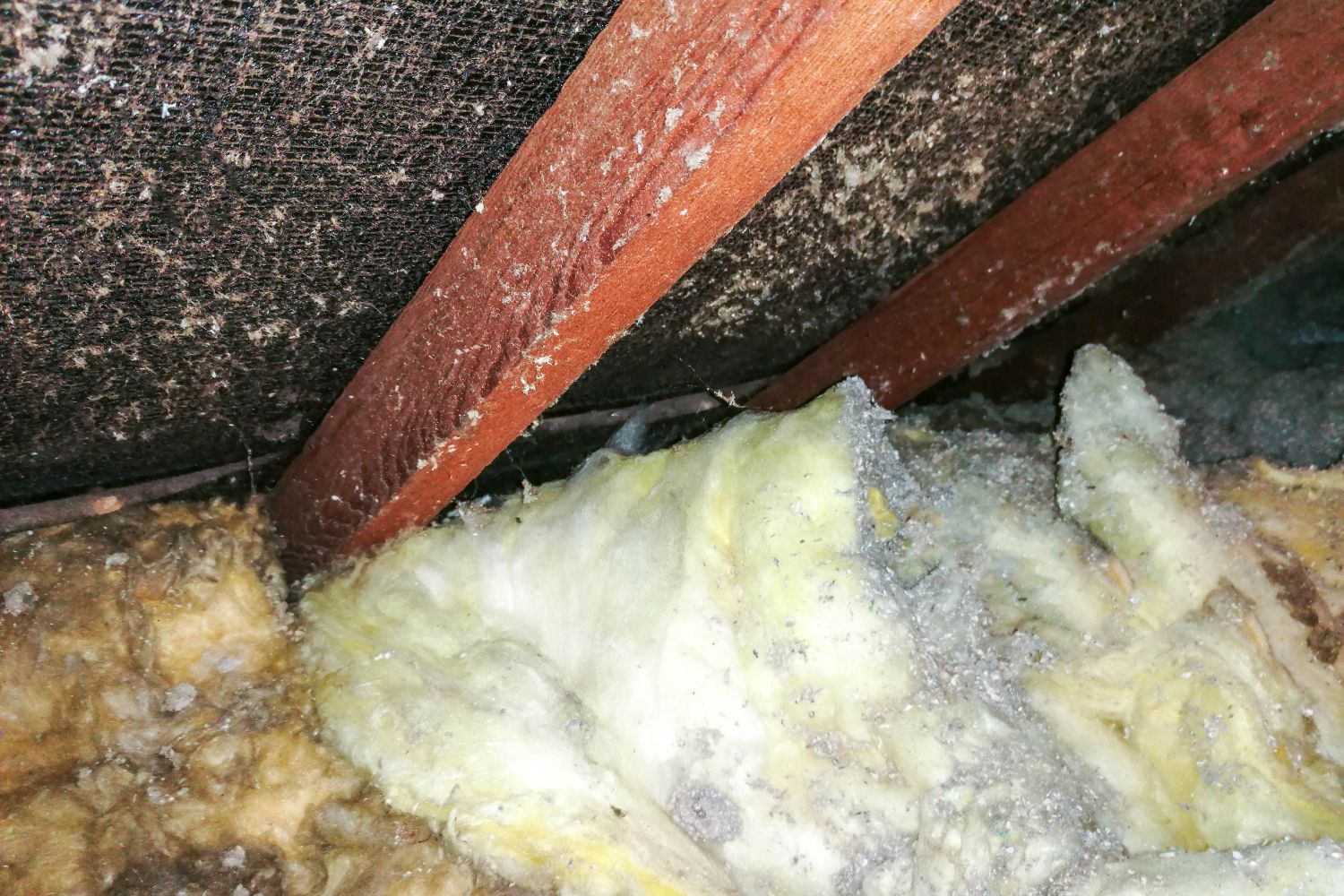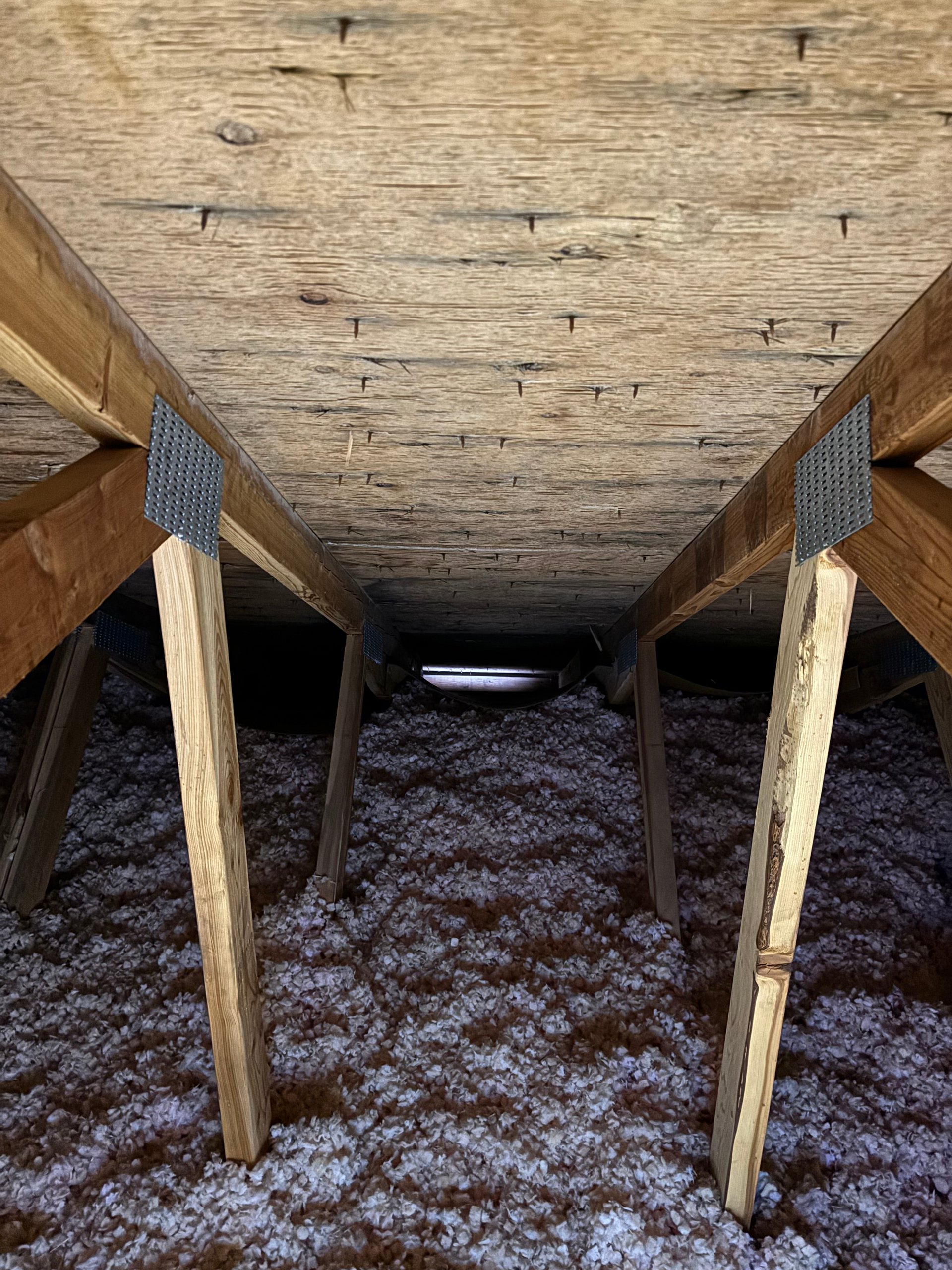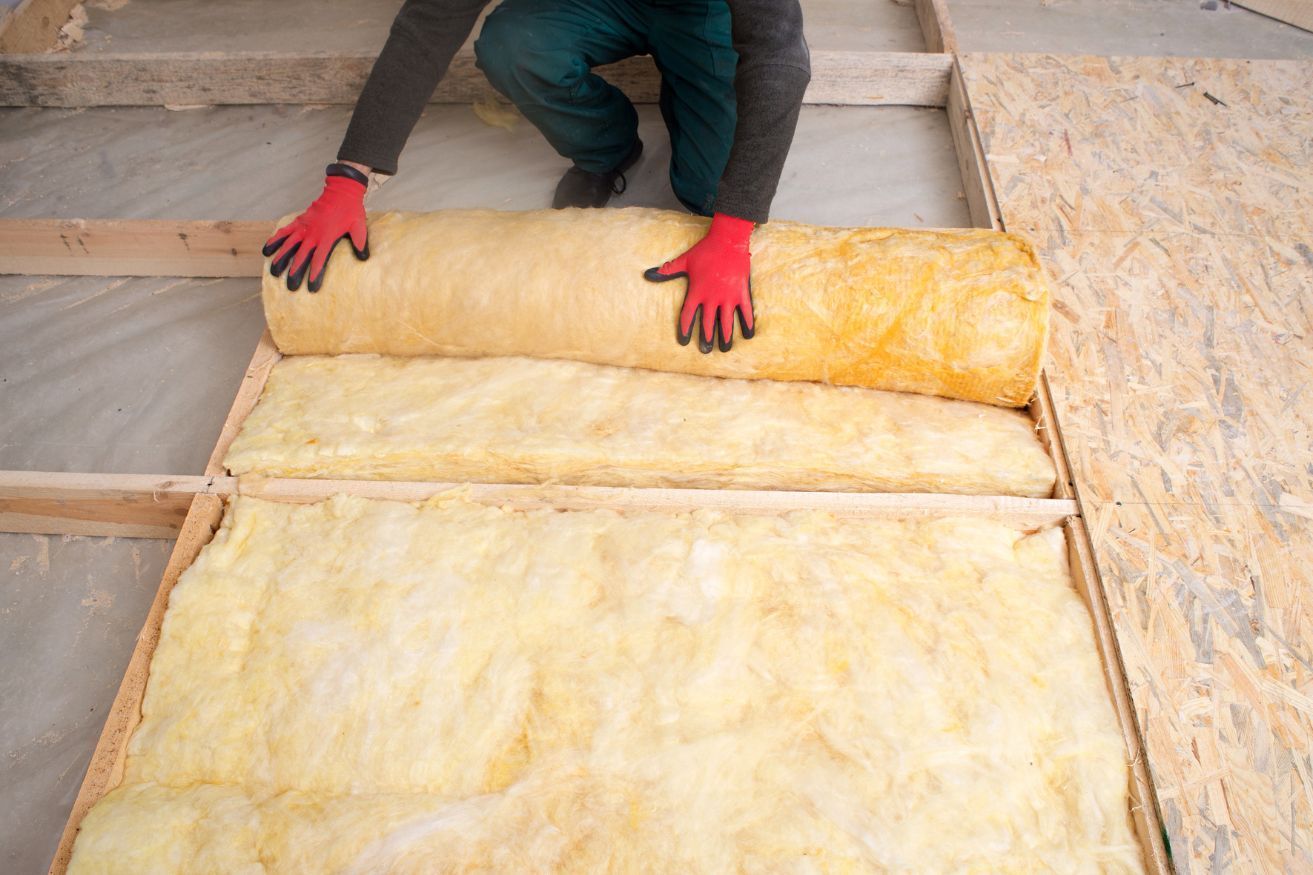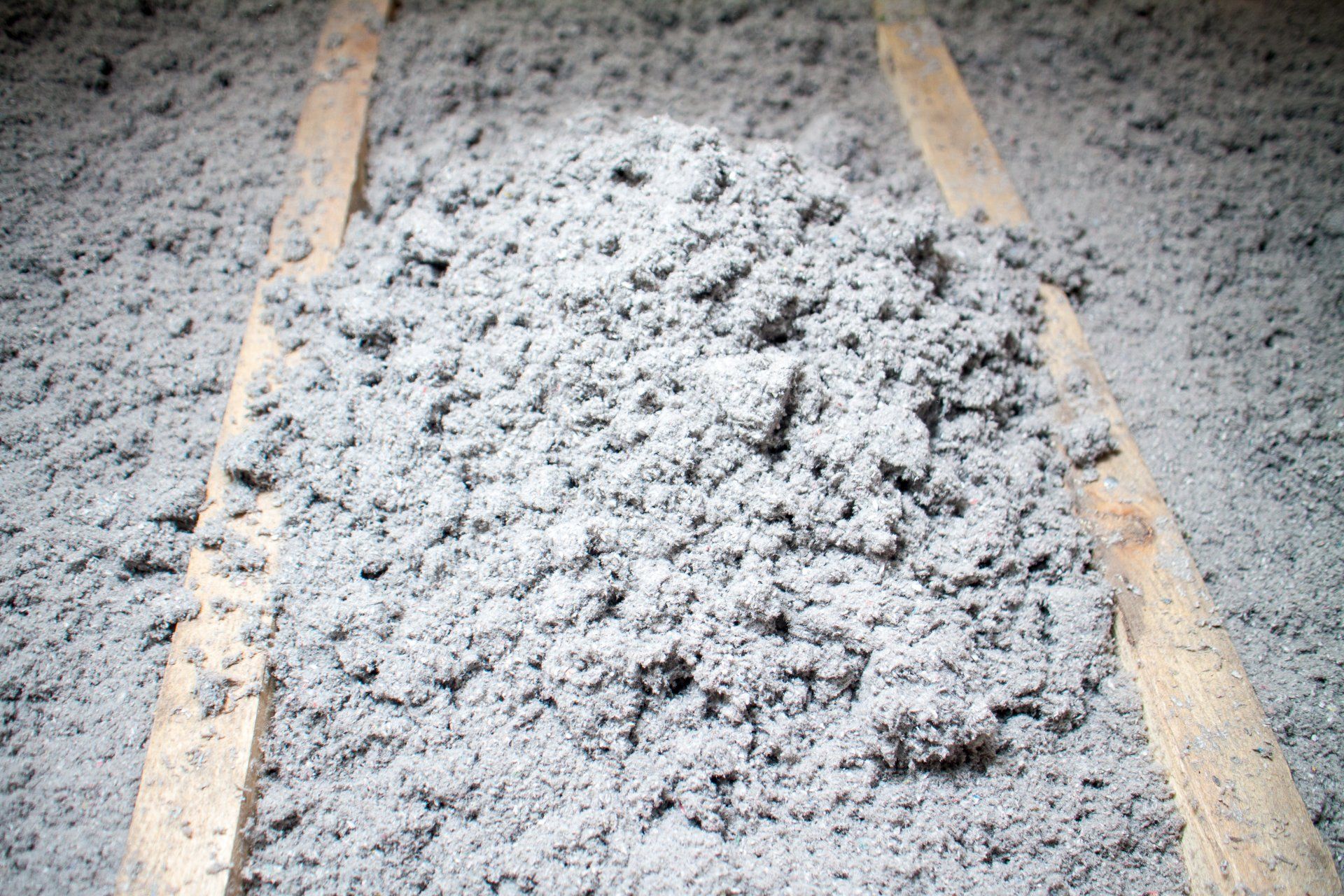Good Spray Foam Applications
Spray Foam Insulation Spokane
Spray foam insulation is a versatile and highly effective insulation material that expands upon application to create an airtight seal. Here are some of the best applications for spray foam insulation:
1. Walls (New Construction & Existing Homes)
- Filling wall cavities for high R-value insulation.
- Preventing air leakage in exterior and interior walls.
- Soundproofing walls between rooms or floors.
2. Basements & Crawl Spaces
- Sealing foundation walls to prevent drafts and moisture infiltration.
- Insulating rim joists and sill plates to reduce energy loss.
- Preventing mold and mildew by creating a vapor barrier.
3. Pole Barns & Metal Buildings
- Providing high-performance insulation for metal structures.
- Preventing condensation buildup inside the building.
- Reducing heat transfer to improve energy efficiency.
4. Garage Ceilings & Walls
- Insulating attached garages to regulate temperature inside the home.
- Preventing cold drafts from entering living spaces above garages.
- Soundproofing for quieter operation of garage doors and equipment.
5. Rim Joists & Crawl Space Perimeters
- Filling gaps around rim joists where heat and air leaks commonly occur.
- Providing a seamless air seal in tight spaces where fiberglass batts are difficult to install.
6. HVAC & Ductwork Sealing
- Insulating air ducts to prevent energy loss and improve system efficiency.
- Sealing ductwork to reduce leaks and maintain consistent airflow.
7. Soundproofing Applications
- Reducing noise transmission between floors and rooms.
- Ideal for media rooms, recording studios, or home offices.
8. Mobile Homes, RVs, & Tiny Houses
- Providing lightweight, high-efficiency insulation for mobile living spaces.
- Preventing drafts and maintaining temperature control in compact spaces.
9. Commercial & Industrial Buildings
- Insulating warehouses, cold storage facilities, and food processing plants.
- Sealing large gaps and irregular surfaces in commercial spaces.
Spray foam insulation is particularly useful for hard-to-reach areas, irregular surfaces, and locations where traditional insulation (fiberglass batts or rigid foam) may not be as effective. If properly installed, it can greatly improve energy efficiency, indoor comfort, and moisture control..
